Results
-
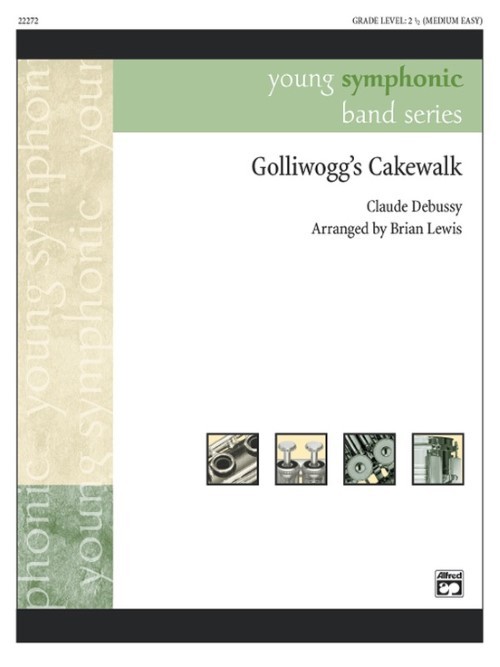 £48.95
£48.95Golliwogg's Cakewalk (Concert Band - Score and Parts) - Debussy, Claude - Lewis, Brian
This delightful band transcription of a Debussy piano classic is an ideal teaching tool. The piece will help teach tempo, dynamics, and rhythms such as the sixteenth-eighth-sixteenth pattern. The perfect selection for your next concert or contest. Duration: 2:50
Estimated dispatch 7-14 working days
-
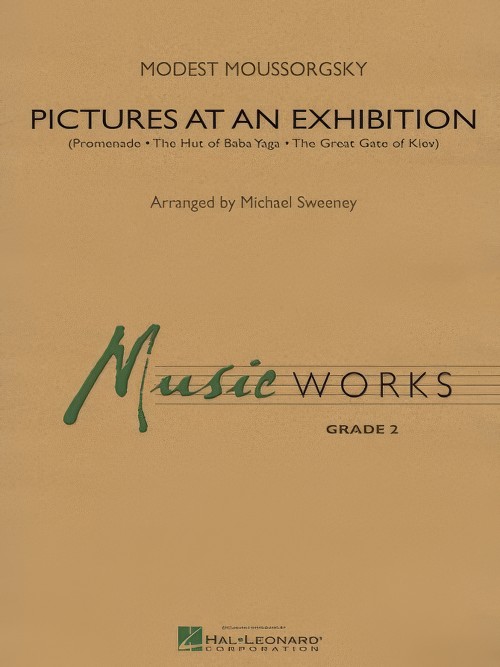 £60.99
£60.99Pictures at an Exhibition (Concert Band - Score and Parts) - Mussorgsky, Modest - Sweeney, Michael
The dramatic power and depth of Moussorgsky's masterwork is fully maintained in this magnificent adaptation for younger players. Carefully researched from the original piano work, Michael uses three movements (Promenade, The Hut of Baba Yaga and The Great Gate of Kiev) in this authentic-sounding and musically effective arrangement.Duration: 3:30
Estimated dispatch 7-14 working days
-
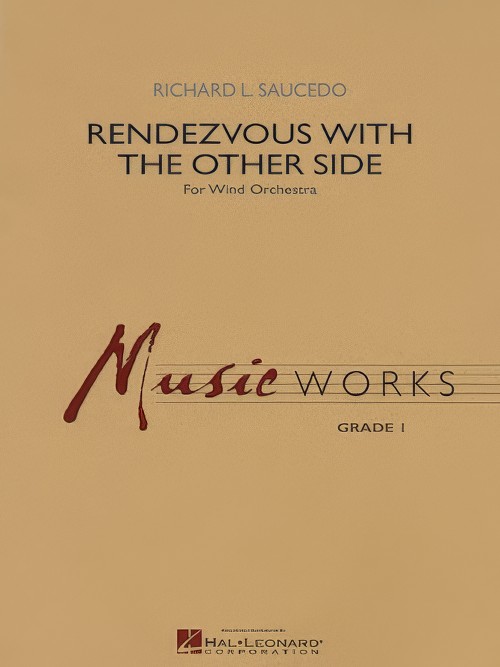 £79.99
£79.99Rendezvous with the Other Side (Concert Band - Score and Parts) - Saucedo, Richard L.
The composer's most ambitious symphonic work to date, this adventurous and powerful composition takes the listener through a collage of moods and interwoven sound textures. The opening and closing sections are propelled with rhythmic vitality and energy, while the middle slow section includes an important piano part along with unique woodwind and horn colors. The percussion writing is stunning and features expanded mallet parts and driving ostinatos. This exciting work is contemporary sounding and makes a bold statement for mature bands. Duration: 6:30
Estimated dispatch 7-14 working days
-
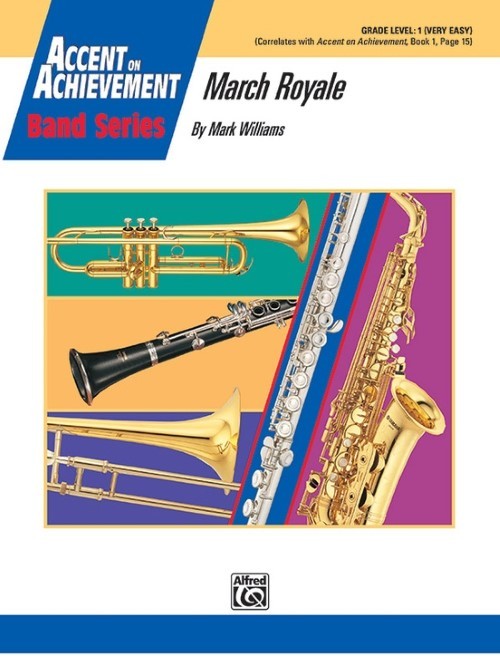 £48.95
£48.95March Royale (Concert Band - Score and Parts) - Williams, Mark
This stately march uses only the notes within one octave and the simplest of eighth note patterns to provide an excellent early concert experience for your beginning band. This engaging work provides ample opportunity to practice contrasting forte and piano dynamics. Duration: 2.45
Estimated dispatch 7-14 working days
-
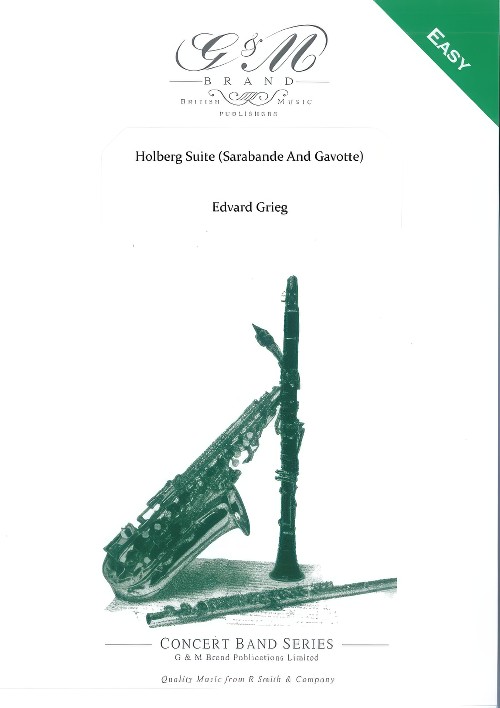 £49.95
£49.95Holberg Suite (Sarabande And Gavotte) (Concert Band - Score and Parts) - Grieg, Edvard - Brand, Geoffrey
Originally written for piano, Grieg later scored his "Holberg Suite" for orchestra. Brand, Geoffrey has done a masterful job of setting two movements of the suite - the Sarabande and Gavotte - for wind band. Give your students the opportunity to perform first-rate classical music they wouldn't otherwise have access to.
Estimated dispatch 7-14 working days
-
 £9.95
£9.95Holberg Suite (Sarabande And Gavotte) (Concert Band - Score Only) - Grieg, Edvard - Brand, Geoffrey
Originally written for piano, Grieg later scored his "Holberg Suite" for orchestra. Brand, Geoffrey has done a masterful job of setting two movements of the suite - the Sarabande and Gavotte - for wind band. Give your students the opportunity to perform first-rate classical music they wouldn't otherwise have access to.
Estimated dispatch 7-14 working days
-
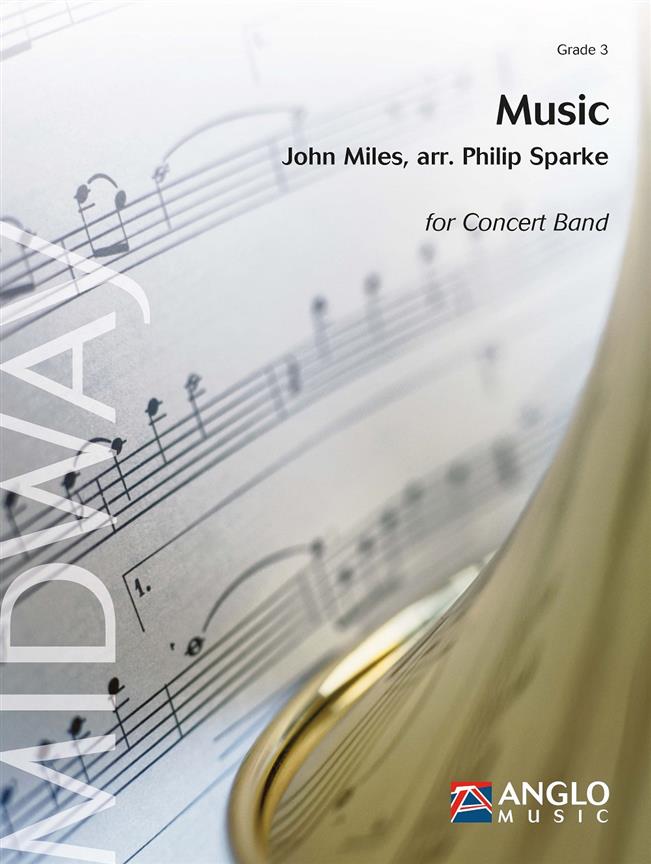 £106.99
£106.99Music (Concert Band - Score and Parts) - Miles, John - Sparke, Philip
Born in Jarrow, northeast England, in 1949, John Miles was something of a child prodigy, learning the piano from the age of five. In the early '60s he persuaded his father to buy him a guitar and by the end of the decade he had joined a semi-professional band, The Influence. The group soon disbanded and by 1969 Miles was recording with his own group, The John Miles Band, releasing a dozen singles in the early '70s. In 1975 Miles decided to move to London and secured a deal with Decca Records. By October that year, a newly formed band, John Miles and Co, had released their debut single, Highfly, but their greatest hit, which stormed the British charts in March 1976, was Music.Duration: 6.00
Estimated dispatch 7-14 working days
-
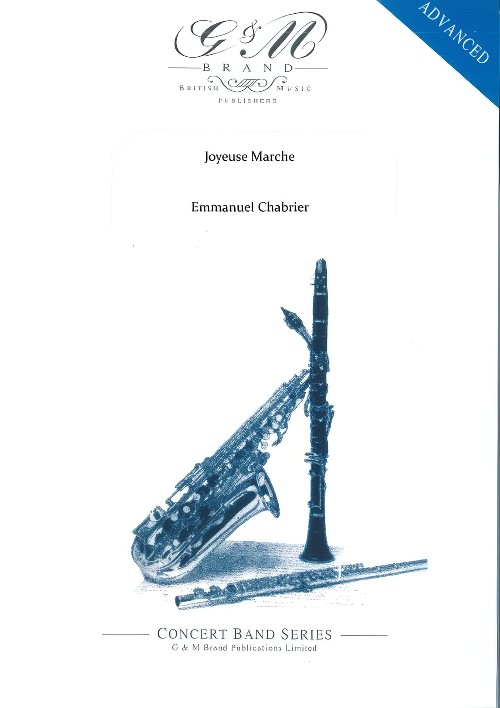 £74.95
£74.95Joyeuse Marche (Concert Band - Score and Parts) - Brand, Geoffrey
In spite of displaying remarkable musical gifts Chabrier (1841-1894) was sent by his father to study law and in due course, having taken a law degree, went to work in his native French Ministry of the Interior, stay there for eighteen years. During the whole of this time he was developing his real interests in music and painting, including composing operettas and music for the piano. Following a holiday in Spain in 1883, Chabrier wrote a rhapsody for orchestra based on Spanish tunes he had heard. This became Espana; it achieved immediate acclaim and is still his most performed work. Joyeuse Marche (originally called Marche Francaise) was written in 1888. It exudes Chabrier's rhythmical exuberance, spontaneity and wit, bringing pleasure and joy to performers and listeners alike. Truly a march which lives up to its title.
Estimated dispatch 7-14 working days
-
 £14.95
£14.95Joyeuse Marche (Concert Band - Score Only) - Brand, Geoffrey
In spite of displaying remarkable musical gifts Chabrier (1841-1894) was sent by his father to study law and in due course, having taken a law degree, went to work in his native French Ministry of the Interior, stay there for eighteen years. During the whole of this time he was developing his real interests in music and painting, including composing operettas and music for the piano. Following a holiday in Spain in 1883, Chabrier wrote a rhapsody for orchestra based on Spanish tunes he had heard. This became Espana; it achieved immediate acclaim and is still his most performed work. Joyeuse Marche (originally called Marche Francaise) was written in 1888. It exudes Chabrier's rhythmical exuberance, spontaneity and wit, bringing pleasure and joy to performers and listeners alike. Truly a march which lives up to its title.
Estimated dispatch 7-14 working days
-
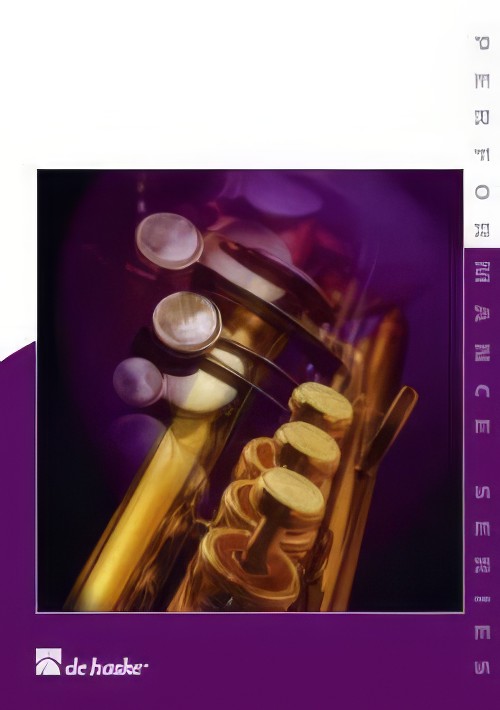 £59.99
£59.99Beethoven Forever (Concert Band - Score and Parts) - De Haan, Jan
Beethoven Forever was written to introduce beginner players to ensemble playing as early as possible. Thanks to the low grade of difficulty of this piece this it is possible to play in a 'real band' after only a few lessons. Because of the four-part instrumentation, Beethoven Forever is suitable for smaller strengths, taking into account that it is important to divide parts evenly among the players. Also includes an ad-lib keyboard/piano part to support the ensemble.Duration: 2:00
Estimated dispatch 7-14 working days
